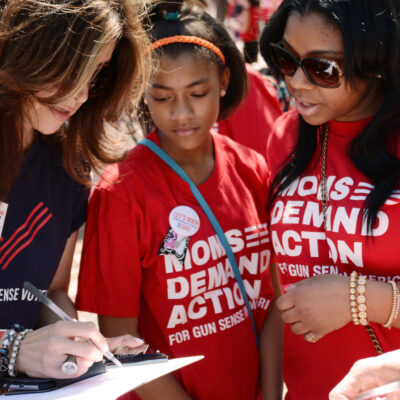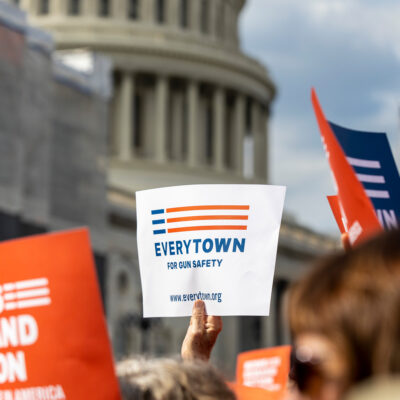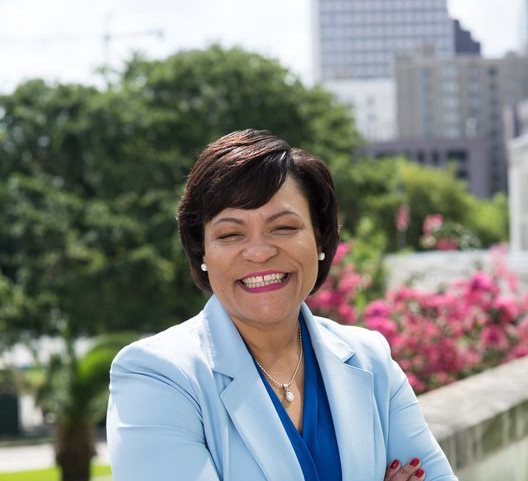My motivation to run for office has always been community. From a young age, I was very involved in community service. When I first ran for office as a Councilmember for District B of New Orleans, my motivation was the community I had been serving as a community organizer and resident of the Broadmoor neighborhood. As the President of the Broadmoor Improvement Association, I led the neighborhood’s redevelopment following Hurricane Katrina. As a council member, I focused on health, housing, and criminal justice issues. After serving for six years, there was more I wanted to accomplish for all of New Orleans, and that led me to run for Mayor.
That’s also why I center community when I think about solving our gun violence crisis. Whenever gun violence is talked about nationally, it is typically talked about in the context of mass shootings, yet cities like New Orleans, Chicago, St. Louis, or Kansas City have experienced debilitating levels of gun violence that take on different forms. Communities of color have been losing generations of young people for decades, and it is really important for the gun violence advocacy community to remember that gun reform advocacy is not only about trying to end major mass shooting events, which is very important, but it also has to take into account these incidents of violence that happen in communities of color every day.
2019 was the year that the City experienced the fewest number of homicides since 1971, specifically we saw a 20% decrease from 2018, and 2018 was a year of a historic decrease. Still, one homicide is too many. Any one incident of gun violence is too many. My Administration has been really focused on using public health interventions to curb gun violence among the people who are the most at risk.
My administration released a 50-year Gun Violence Reduction Plan that is based on using data to help us figure out who is most at risk, and then using that information to work with nonprofit service providers to offer public health interventions that we believe have the ability to stop an individual from making a bad choice. Intervention can come in different forms, it may be a job, access to recreational resources, or it may be cognitive behavioral therapy. We know that if we give individuals in our community the tools they need to succeed and to make better choices, they will, and my administration has been focused on creating those conditions.
One of the accomplishments that I am particularly proud of was our Summer Success Pilot program that connected 100 local youth, ages 16–21, with summer jobs. This program was created through a partnership with my Office of Youth and Families, which I created by Executive Order, and JOB1, through our Office of Economic Development. Research in other cities has shown that summer job programs that provide minimum wage summer jobs to at-risk youth reduced arrests for violent crimes, incarceration, and premature deaths. I have come to witness that nothing stops a bullet like a job.
There is a new frontier of research and investment in public health interventions that can curb gun violence, and it has to happen at the city level. For decades, the federal government by and large stepped back from the responsibility to think about gun violence as a public health issue, to study it, or to fund research that looks at root causes and ways to address it. Ultimately, it is falling on mayors across the country to stand in that gap, which is a big gap to fill. My administration is committed to using data to help us best use the resources we have and target the people who are at the most risk and deliver interventions to those individuals. From there, we can measure what is working, or not, and we can continue to build upon and improve the services and resources for our people.
To activists doing the work to end gun violence, I would say: prepare yourself for the long haul and do not give up. It is important to remember that a plan is not a cure-all; gun violence will not be eradicated overnight. Determining exactly what works at scale will take years of iteration, trial and error, data analysis and countless feedback. If we all remain focused on making long-term, strategic investments and practices, we will see far less gun violence than we have in the past.









